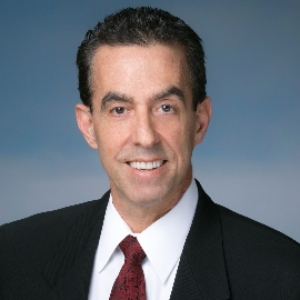Rehabilitative Sciences Innovations
Innovations in rehabilitative sciences continuously reshape how patients recover from physical injuries or disabilities. From robotic-assisted therapy to biofeedback and wearable health trackers, these advancements make rehabilitation more accessible and efficient. Robotics enable precise, controlled movements, critical for patients with limited mobility, while biofeedback devices offer real-time insights into muscle activation and movement patterns. Innovations also include regenerative medicine, where stem cells and tissue engineering techniques accelerate healing in musculoskeletal injuries. These developments broaden possibilities in recovery, allowing for more tailored approaches that address individual needs, reduce recovery times, and improve long-term outcomes.

Jay Spector
American Academy of Podiatric Sports Medicine (AAPSM), United States
Marcia J Scherer
Institute for Matching Person and Technology, United States
Marcos Brioschi
American Academy of Thermology, United States
Blair Gorenberg
Shirley Ryan Abilitylab, United States
Roberta Sartori
IRCCS Materno-Infanitle Burlo Garofolo, Italy
Cho Li Yin
Taichung Veterans General Hospital - VGHTC, Taiwan




Title : Best practice guidelines for the use of pharmacological neuromodulation in disorders of diminished motivation: A comprehensive approach
Vaidya Balasubramaniam, Illawarra and Shoalhaven Local Health District Hospitals, Australia
Title : A forgotten component of knee osteoarthritis
Ron Blehm, EEI Physio LLC, United States
Title : Functional outcomes of DSSA-Based pelvic rehabilitation combined with manual therapy and electrostimulation in men after oncologic surgery: A retrospective case series
Eren Uyar, Fizyomen Physiotherapy & Rehabilitation Center, Turkey
Title : We are living and working in the age of individualization
Marcia J Scherer, Institute for Matching Person and Technology, United States
Title : Efficacy of Inspiratory Muscle Training (IMT) in post-weaning ICU recovery: A clinical randomized controlled trial
Warda Khan, Chongqing Medical University, Pakistan
Title :
Subramanya Adiga, Middlemore Hospital, New Zealand